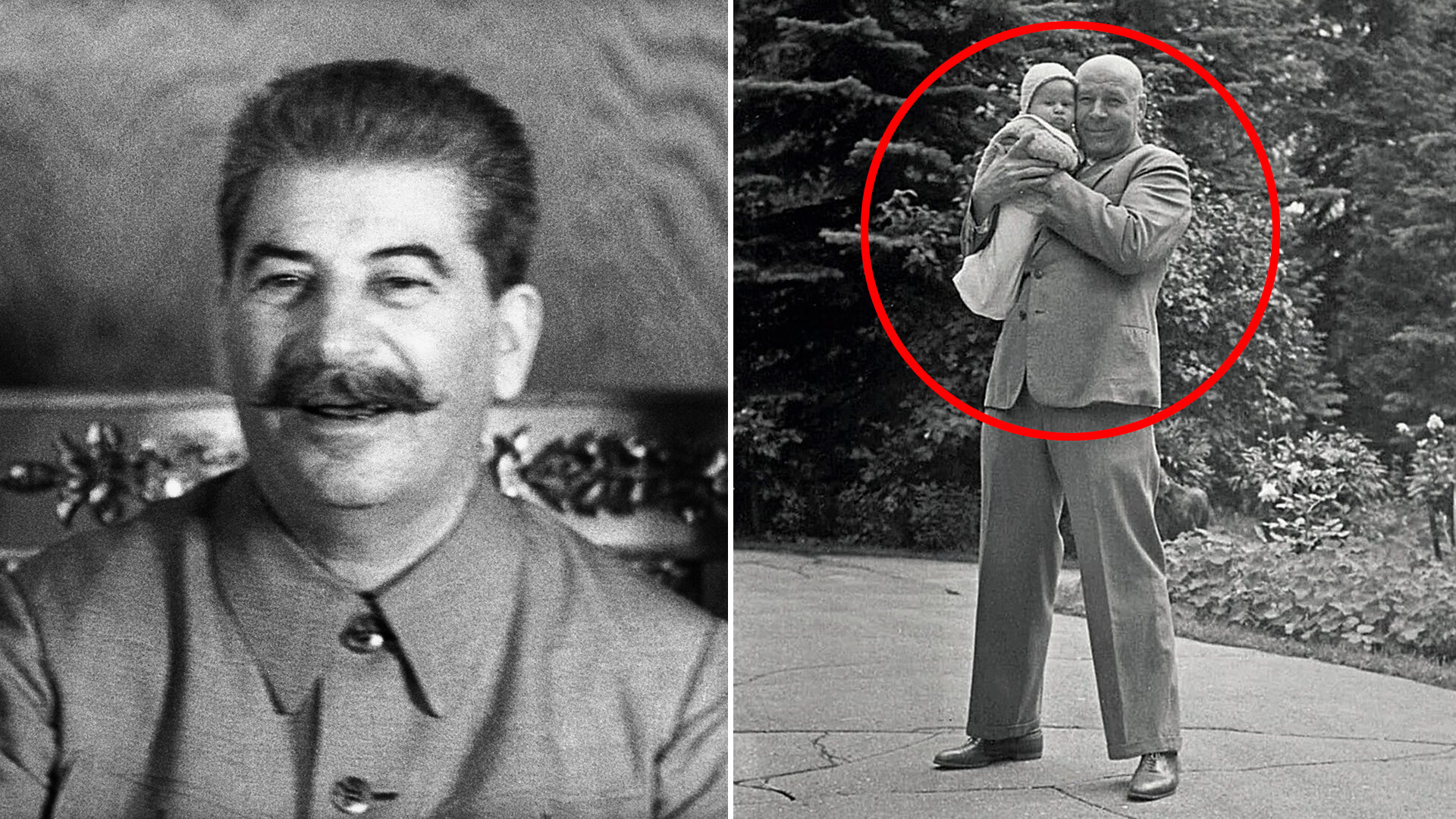
Right after the end of World War II, Yekaterina, the daughter of Marshal of the Soviet Union Semyon Timoshenko, married Joseph Stalin's son Vasily. It seemed that such a union could bring the military leader only benefits, namely strengthen and improve his position in the military-political elite of the USSR.
Timoshenko, however, did not think so. Why didn’t the Marshal want to become Stalin's in-law?
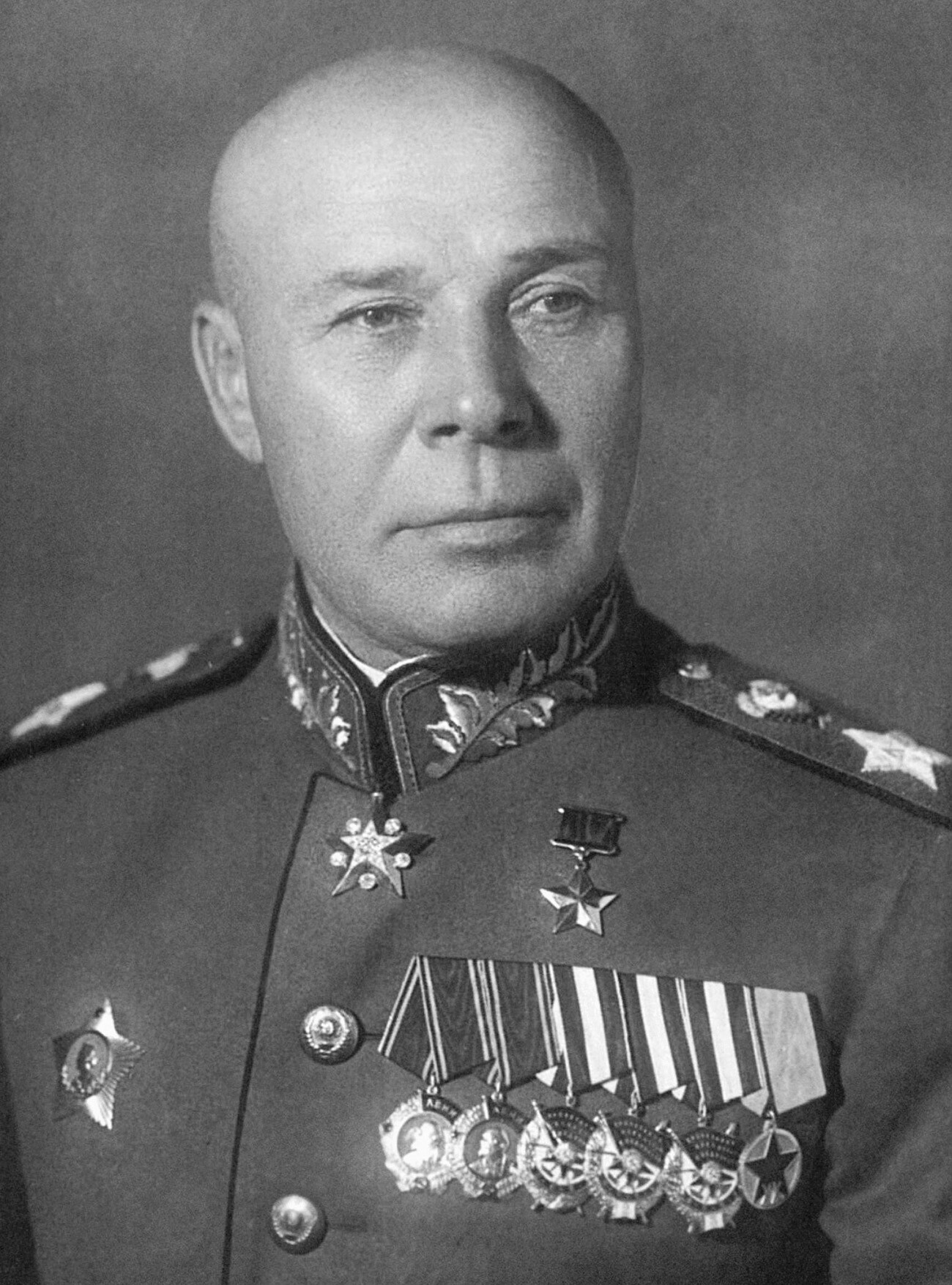
Marshal of the Soviet Union Semyon Timoshenko.
Ministry of Defense of the Russian FederationTimoshenko first met the would-be ‘Father of Nations’ during the Civil War. Semyon Konstantinovich commanded a cavalry regiment in the First Cavalry Army – one of the most capable military formations of the Bolsheviks, in the creation of which Stalin took a direct part.
The dashing cavalry commander demonstrated excellent results on the battlefields in Crimea, the Caucasus and Poland, which aroused the respect of Joseph Vissarionovich. They did not become real friends (as Stalin did with Kliment Voroshilov, another commander of the First Cavalry and future Marshal), but the Soviet leader always patronized the intelligent and judicious military leader, devoid of political ambitions.
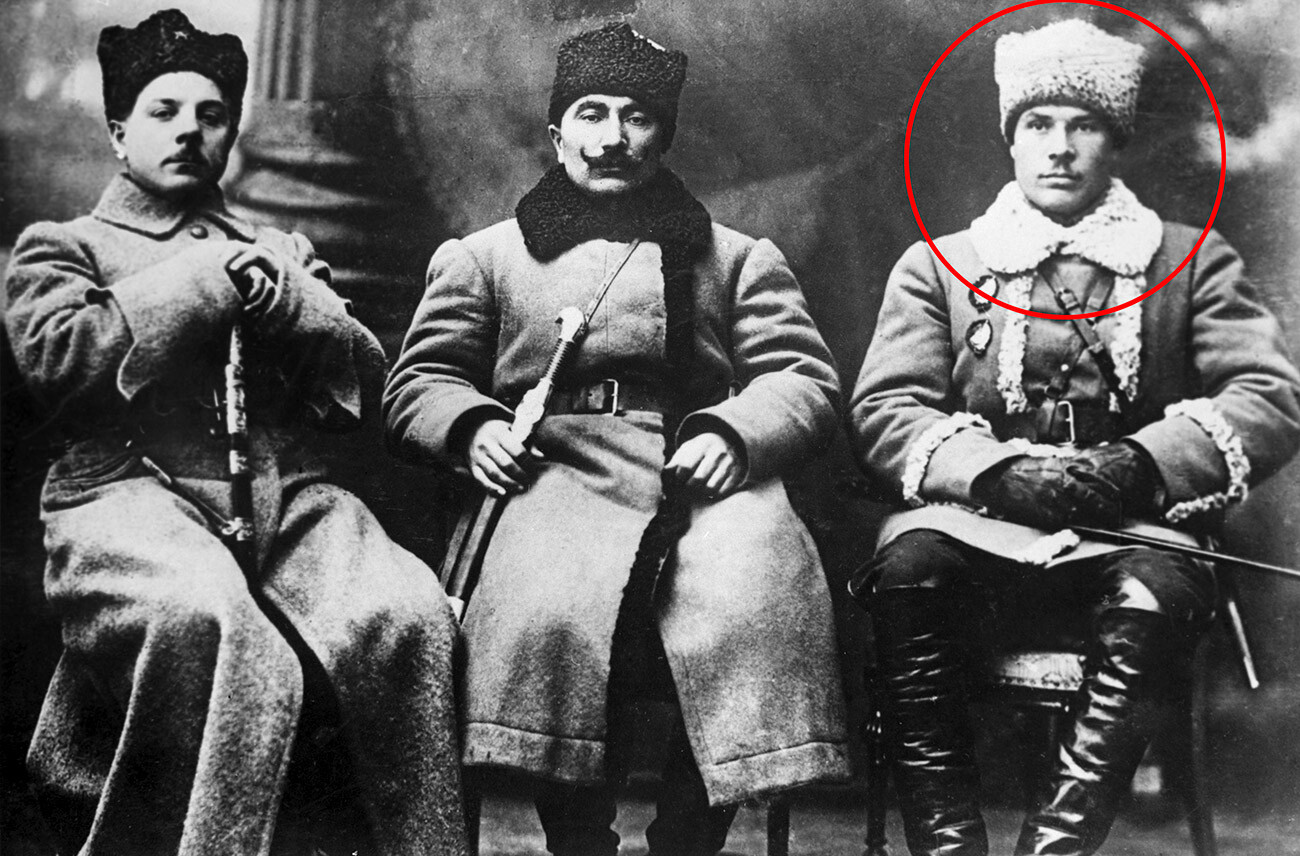
Commanders of the First Cavalry Army (from L): Kliment Voroshilov, Semyon Budyonny and Semyon Timoshenko.
SputnikIn early 1940, Timoshenko's troops broke through the Mannerheim Line and, thus, victoriously ended the Winter War against Finland, which had not started too successfully for the Red Army. On May 7 of the same year, he was awarded the title of ‘Marshal of the Soviet Union’ and entrusted with the management of the People's Commissariat (Ministry) of Defense.
Then Semyon Konstantinovich, who safely survived the ‘Great Terror’ himself, took advantage of his position to get 300 repressed commanders of the Red Army (including the future Marshal Konstantin Rokossovsky) out of prison. Stalin heeded Timoshenko's arguments and did him a favor.
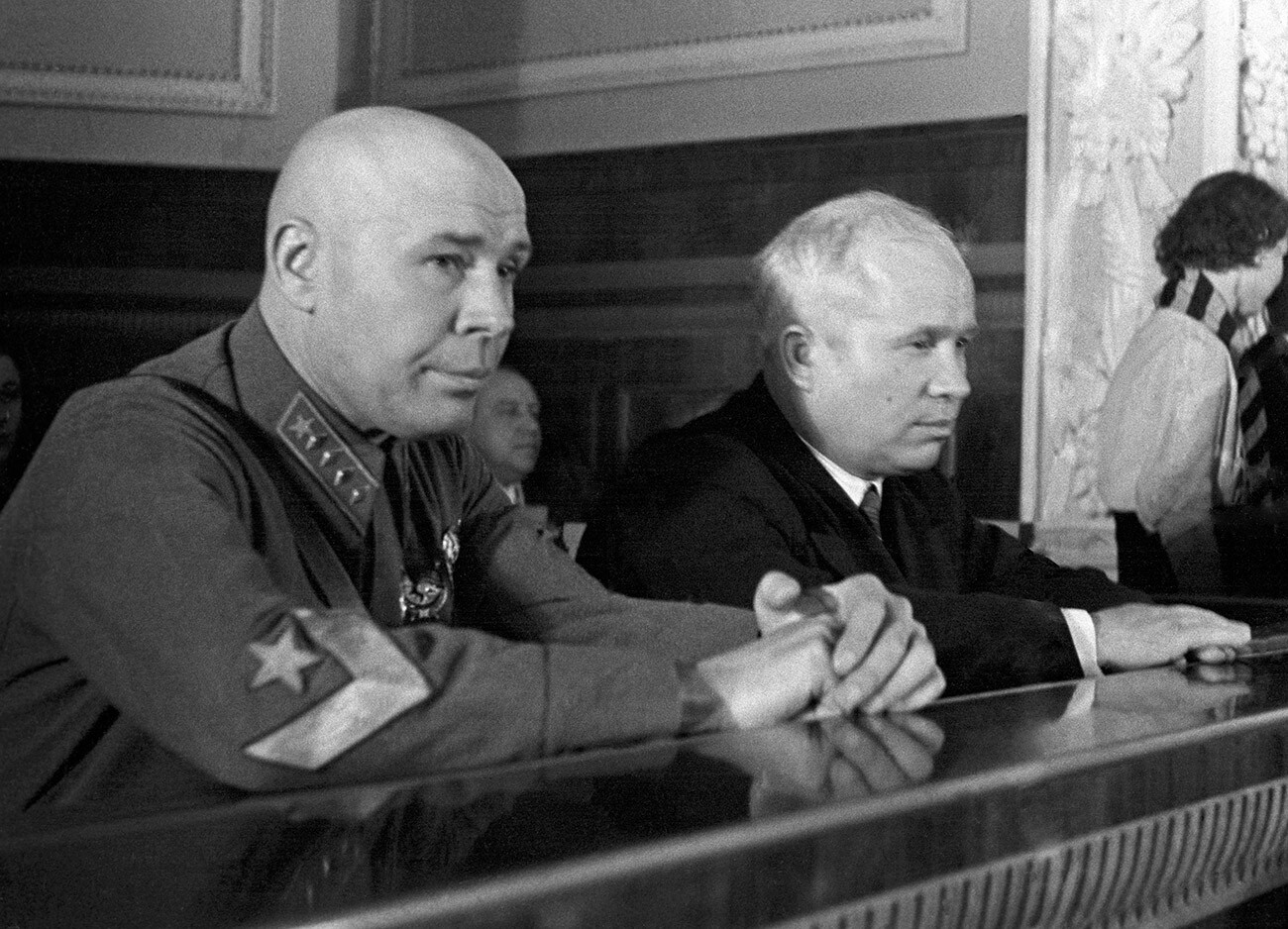
Commander of the Kiev Military District Semyon Timoshenko and future Soviet leader Nikita Khrushchev.
TASSThe catastrophic beginning of the war against Nazi Germany was a severe test for many military leaders and Semyon Timoshenko was no exception. Already on July 19, 1941, Stalin replaced him in the role of People's Commissar.
Semyon Konstantinovich commanded troops in various parts of the Soviet-German front and his successes alternated with outright failures. In particular, thanks to his efforts, the German blitzkrieg stalled near Smolensk and, in November 1941, the first major Soviet city of Rostov-on-Don was liberated.
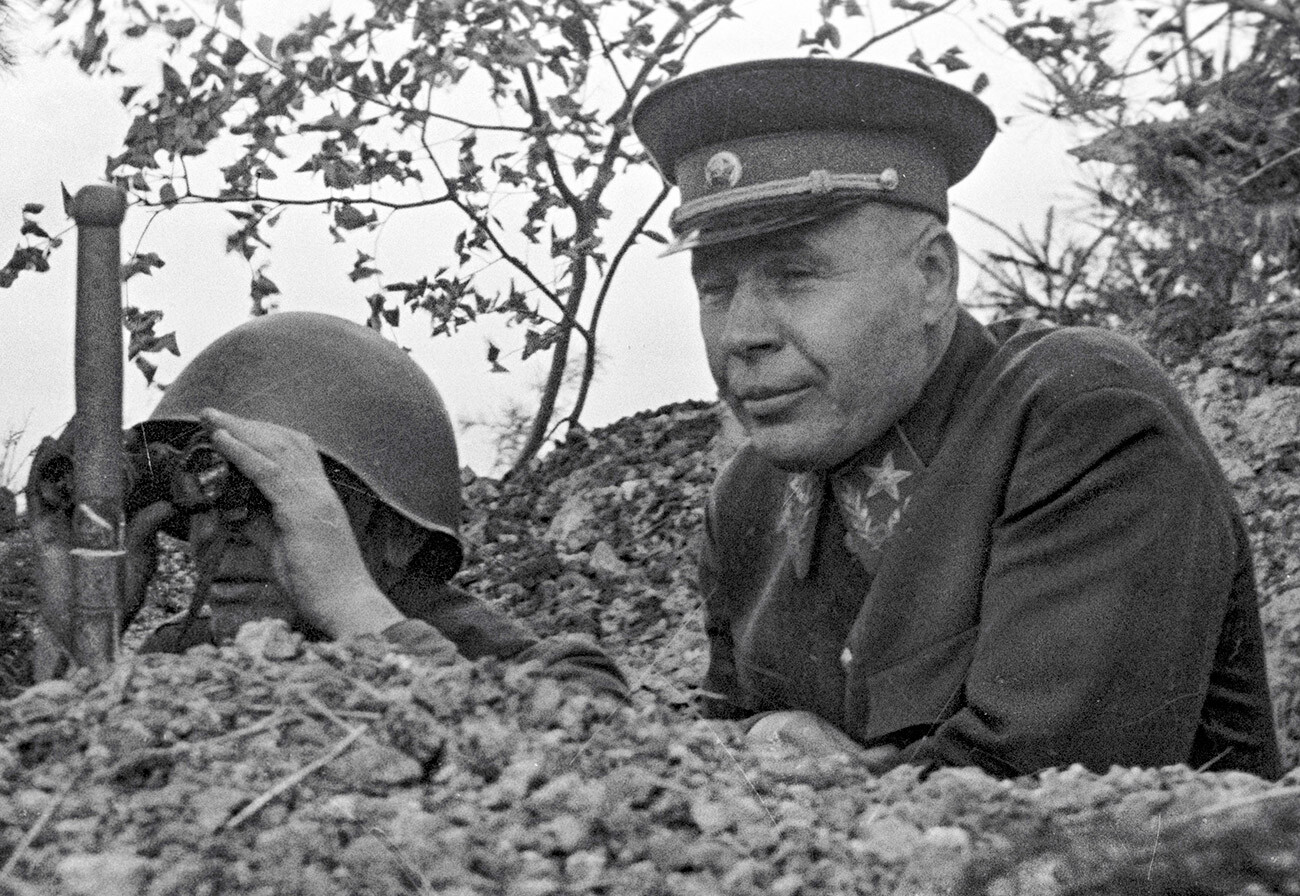
At the same time, Timoshenko was directly involved in the large Soviet military group that ended up in a "cauldron" near Kiev in September, 1941, and, subsequently, the catastrophic failure of the Soviet offensive near Kharkov in May 1942.
Nevertheless, the commander avoided the fate of General Dmitry Pavlov, commander of the Western Front, who was shot after the defeat of his troops in Belarus. Nor did Stalin push him to the secondary positions, as happened with Marshal Semyon Budyonny, who did not fulfill the leader's hopes.
From late 1943 until the end of the war, Timoshenko as a representative of the Supreme Command took part in the development and implementation of successful operations to liberate the Soviet south, the Baltic States, Moldavia, Austria and Hungary from the Nazis.
Thus, Timoshenko and the ‘Father of Nations’ developed and maintained quite good relations. Nevertheless, he was shocked when, in the Summer of 1945, his daughter Yekaterina said that she was going to marry Stalin's son – commander of the 1st Aviation Fighter Corps Vasily Stalin.

Joseph Stalin with his son Vasily and daughter Svetlana.
МАММ/МDF/russiainphoto.ruThe marshal did not want such a son-in-law. Vasily Stalin was known to binge drink and have a promiscuous lifestyle. Moreover, he was still married to Galina Burdonskaya, the daughter of a Moscow Kremlin garage engineer, with whom he already had two children.
Despite his father's prohibition, in August 1945, Yekaterina ran away from home with her lover. The Marshal's son Konstantin recalled: "As a 17-year-old boy, I helped Vasily Stalin to take my half-sister Yekaterina away from home secretly from my father <…> and marry her <…> At the time, we were on vacation at a dacha on the Black Sea coast. Vasily arrived late in the evening and took my sister away and I was, as they say now, 'a lookout'. In the morning, they returned as husband and wife. The father wasn't angry. He silently pointed his daughter to the door.”
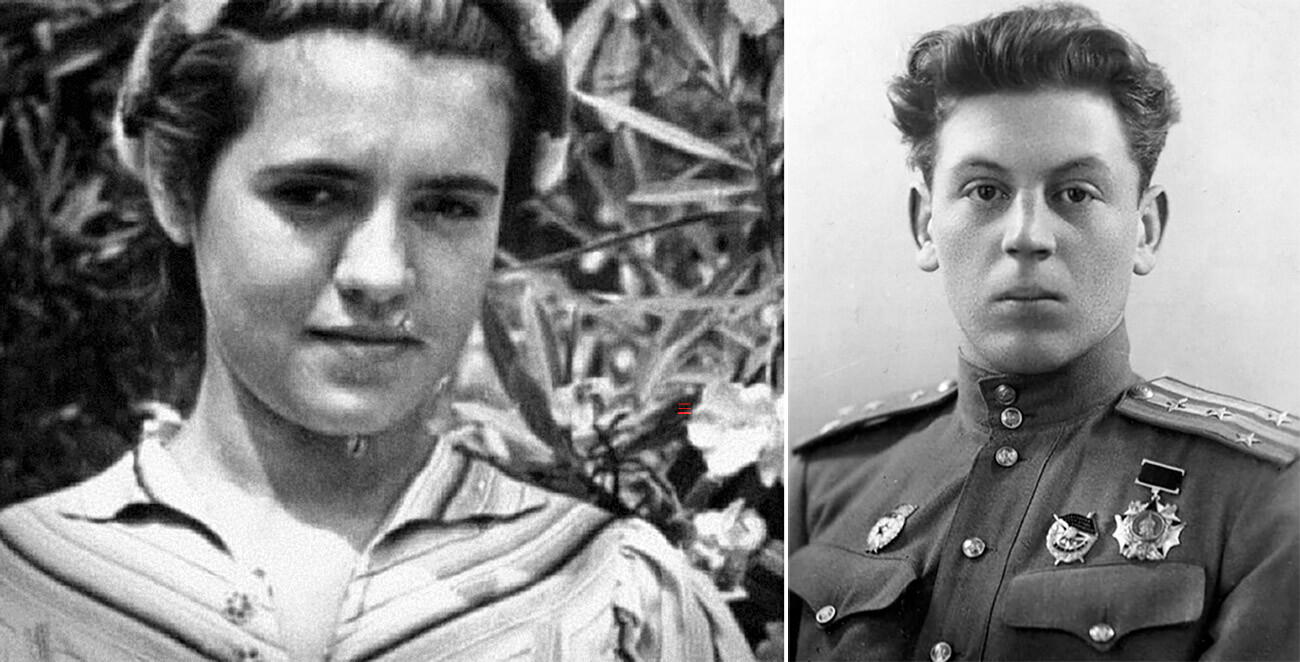
Yekaterina Timoshenko/Vasily Stalin.
Archive photoSemyon Konstantinovich feared the backlash of Joseph Stalin, but the head of state who respected the Marshal approved his son's choice, even though the latter had not yet divorced his first wife.
Yekaterina's deed brought no harm to the marshal, however, he didn't profit from it either. The military chief continued to command the troops of the Byelorussian and then the South-Ural Military District, far away from Moscow.
Nevertheless, he turned out to be right in his negative attitude to the prospects of the union of Yekaterina and Vasily. The married couple's life very quickly turned into a real nightmare.
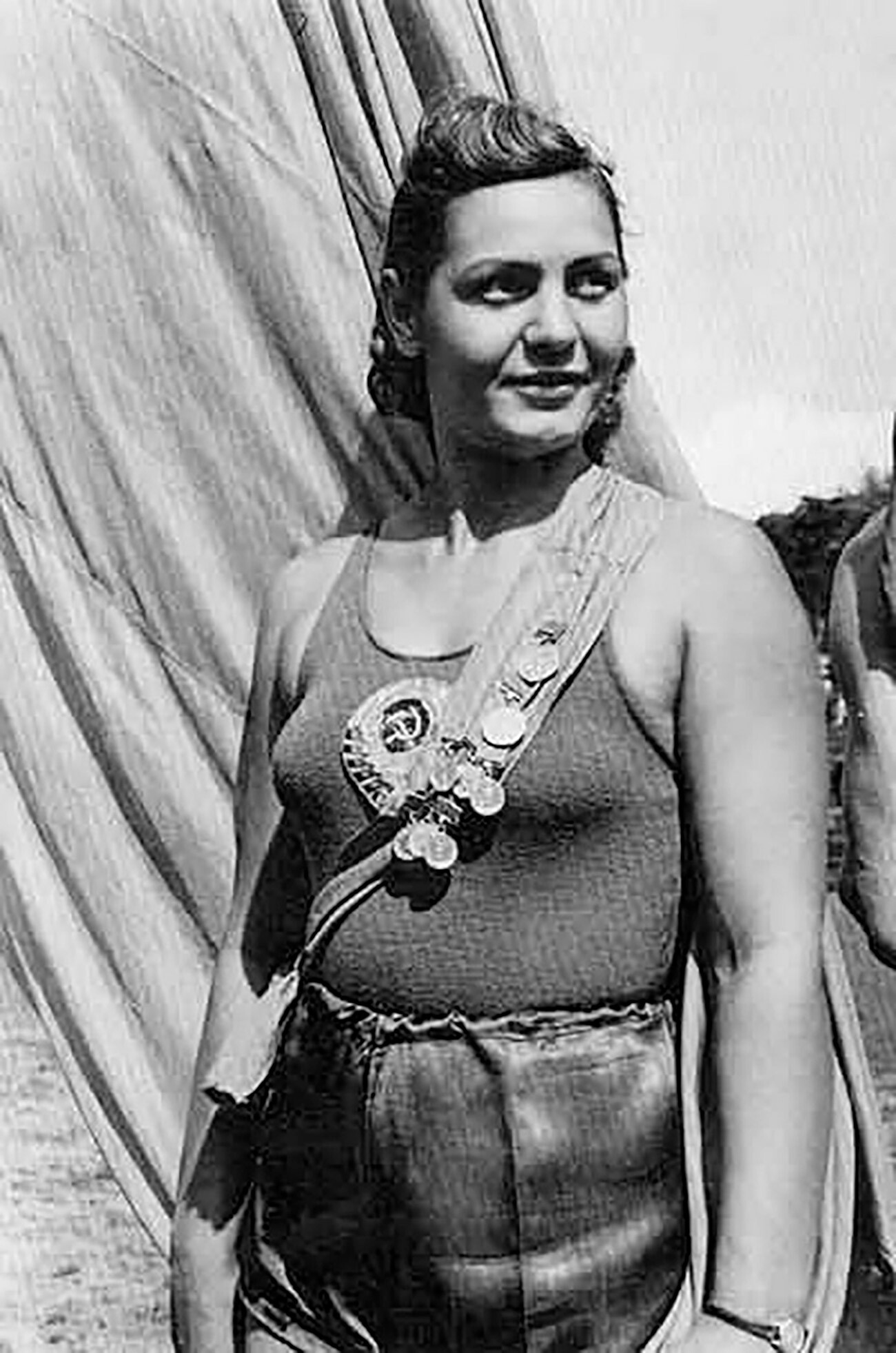
Kapitolina Vasilyeva.
Archive photoThe husband hit the bottle and cheated on his wife. The latter, in turn, took out her anger on Vasily's children from his first marriage, who lived with them. There were constant scandals and it sometimes came to physical abuse.
Eventually, in 1949, Stalin's son found himself a new passion – swimmer Kapitolina Vasilyeva, who later became his third wife. He split up with Yekaterina, but, officially, the spouses had the courage to officially get divorced only after the state leader's death in 1953.
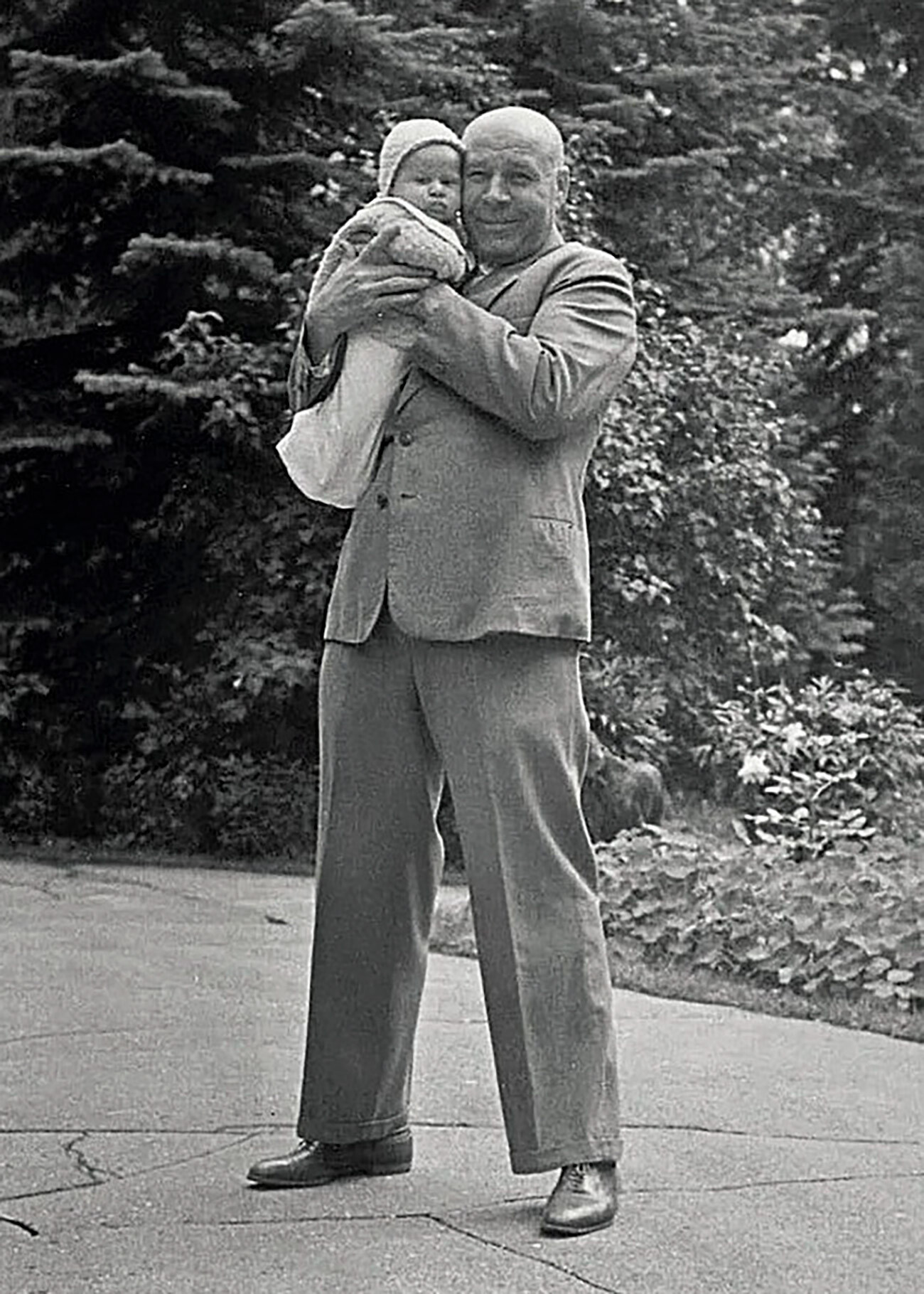
Timoshenko with one of his grandsons.
Ministry of Defense of the Russian FederationOn top of it, a tragic fate awaited their son Vasily. Addicted to drugs, he committed suicide in 1972 at the age of only 23 years.
If using any of Russia Beyond's content, partly or in full, always provide an active hyperlink to the original material.
Subscribe
to our newsletter!
Get the week's best stories straight to your inbox